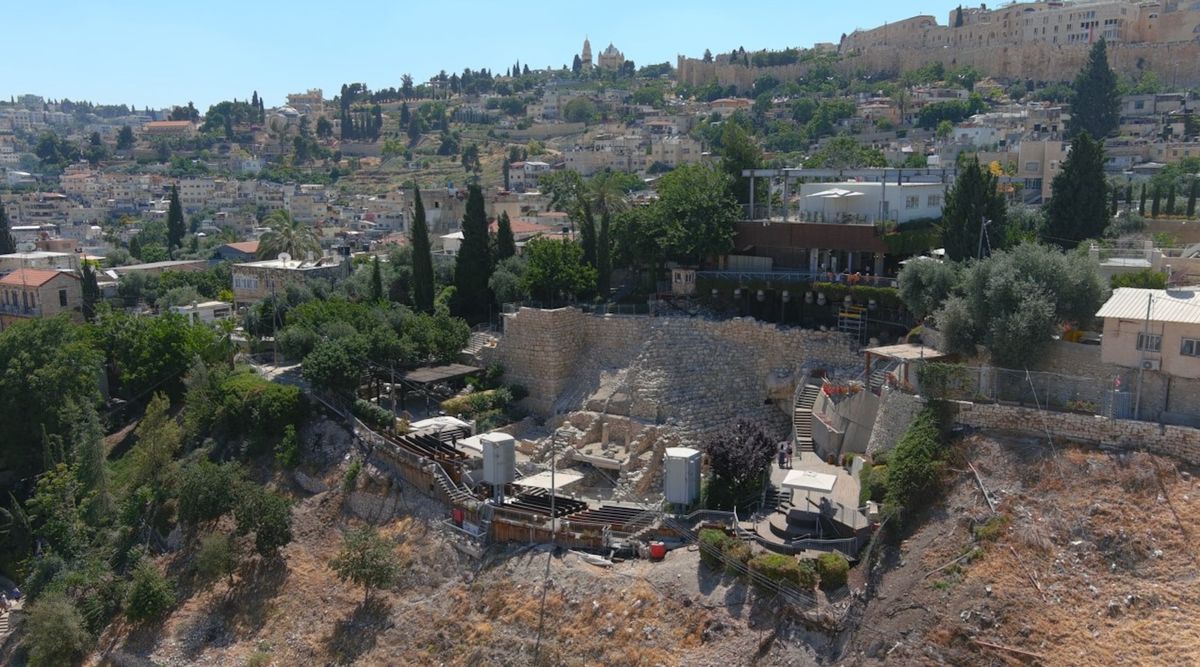The study, led by Elisabetta Boaretto of the Weizmann Institute of Science and published in the journal PNAS on April 29, presents a detailed timeline that aligns with biblical narratives.
The research focuses on the "Hallstatt plateau", a period between 770 and 420 BC, which has traditionally posed challenges to radiocarbon dating due to its erratic carbon-14 levels caused by decreased solar activity. This anomaly has left parts of Jerusalem's history poorly dated.
Boaretto and his team addressed this issue by analyzing 103 seed samples among other remains excavated from five different sites in the City of David area of Jerusalem.
These samples were then subjected to a refined set of radiocarbon dating techniques combined with microarchaeology methods, which examine the sediments at a microscopic level.
According to Live Science, the team reinforced their findings by correlating them with data from tree rings known between 624 and 572 BC, thus circumventing the inaccuracies caused by the Hallstatt plateau.
Their results point to the beginning of the settlement of Jerusalem between the 12th and 10th centuries BC, a chronology that confirms the city's early importance as described in the biblical texts. In addition, they were able to document the city's westward expansion during the 9th century BC.
The study also provides the first scientific dating of an earthquake mentioned in the Bible, which occurred in the middle of the 8th century BC. Evidence of this seismic event was found in a layer of collapsed stones and damaged materials, followed by signs of reconstruction.
The study also identified the extensive use of some sites after the earthquake and before the Babylonian conquest, indicating a period of relative economic and political stability. This era ended dramatically with a great fire around 586 BC, which the researchers firmly associated with the Babylonian invasion, as described in the Bible and Neo-Babylonian records.

However, Israel Finkelstein, professor emeritus at Tel Aviv University, who was not involved in the study, expressed reservations about the context of the samples used. According to Finkelstein, only a handful of samples from one site out of five could be considered entirely reliable. In addition, he pointed out that the evidence does not explicitly relate to the documented earthquake or the Babylonian destruction.





